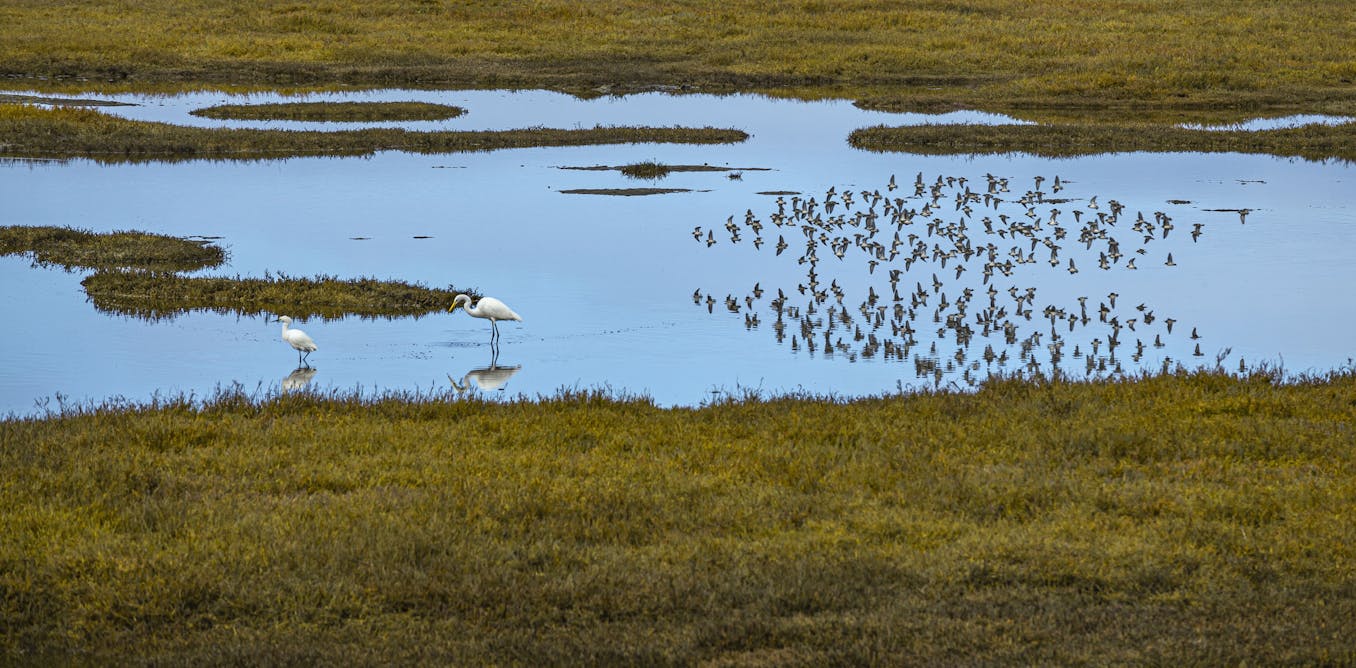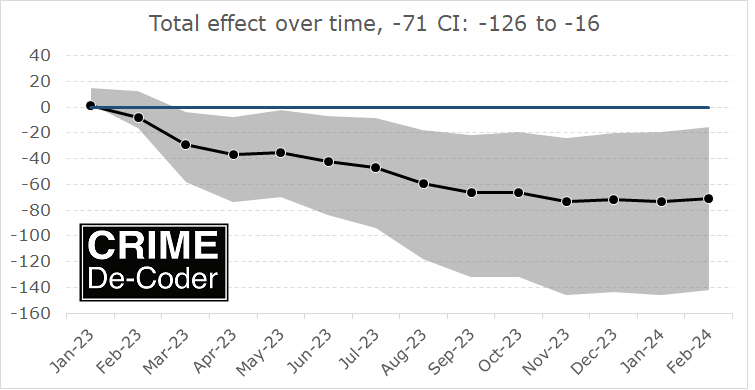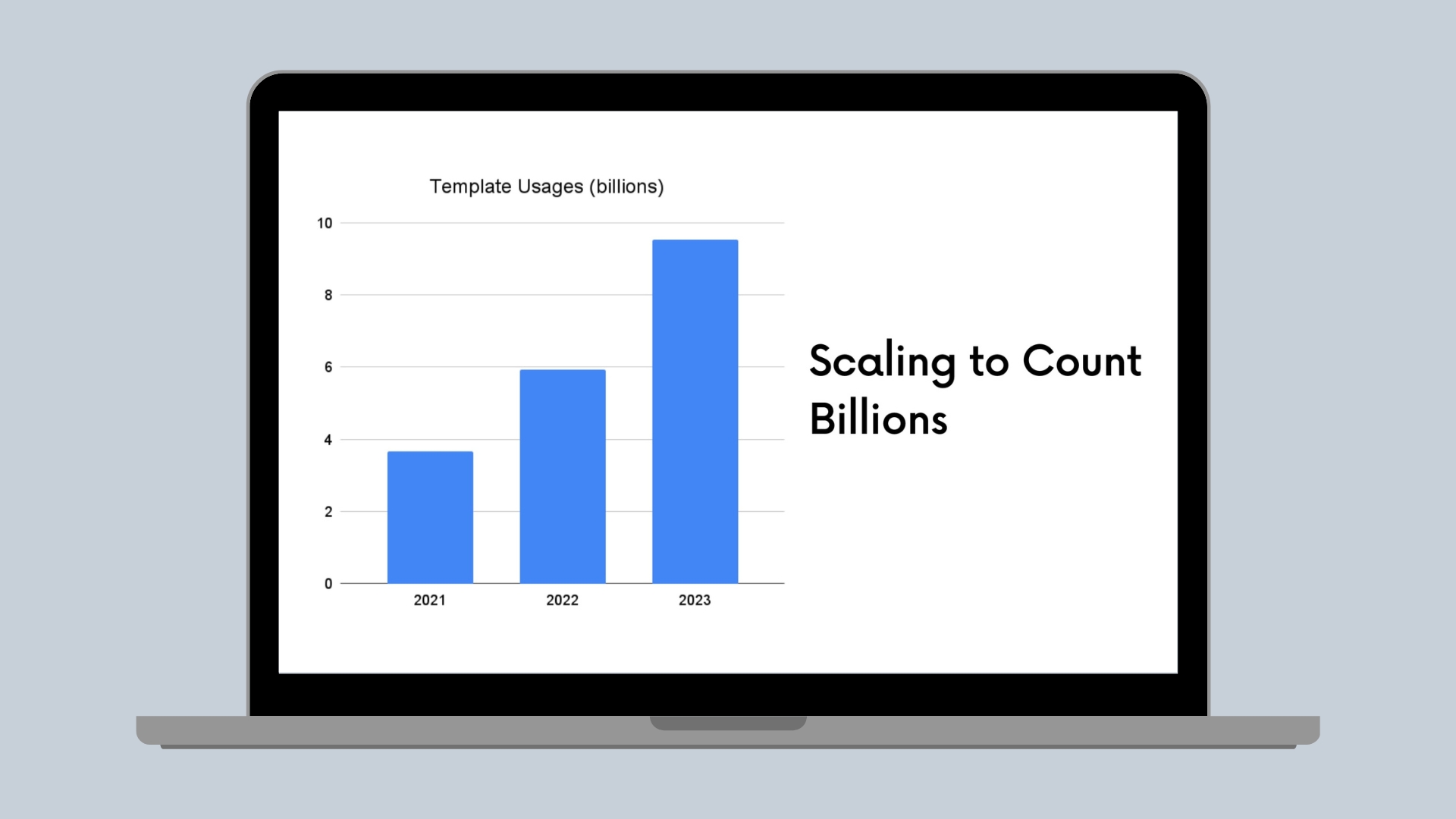
Which wetlands should receive federal protection? The Supreme Court revisits a question it has struggled in the past to answer
Albert C. Lin was a trial attorney for the Environment and Natural Resources Division of the U.S. Department of Justice from 1998 to 2003. He served as a law clerk to the Honorable Merrick Garland of the U.S. Court of Appeals for the D.C. Circuit and to the Honorable James Browning of the U.S. Court of Appeals for the Ninth Circuit.
The U.S. Supreme Court opens its new session on Oct. 3, 2022, with a high-profile case that could fundamentally alter the federal government’s ability to address water pollution. Sackett v. EPA turns on a question that courts and regulators have struggled to answer for several decades: Which wetlands and bodies of water can the federal government regulate under the 1972 Clean Water Act?
Under this keystone environmental law, federal agencies take the lead in regulating water pollution, while state and local governments regulate land use. Wetlands are areas where land is wet for all or part of the year, so they straddle this division of authority.
Swamps, bogs, marshes and other wetlands provide valuable ecological services, such as filtering pollutants and soaking up floodwaters. Landowners must obtain permits to discharge dredged or fill material, such as dirt, sand or rock, in a protected wetland. This can be time-consuming and expensive, which is why the case is of keen interest to developers, farmers and ranchers, along with conservationists and the agencies that administer the Clean Water Act – the Environmental Protection Agency and the U.S. Army Corps of Engineers.




/cloudfront-us-east-2.images.arcpublishing.com/reuters/HLIQQTUKUBPSRDYXRWI3OZP2MQ.jpg)





















